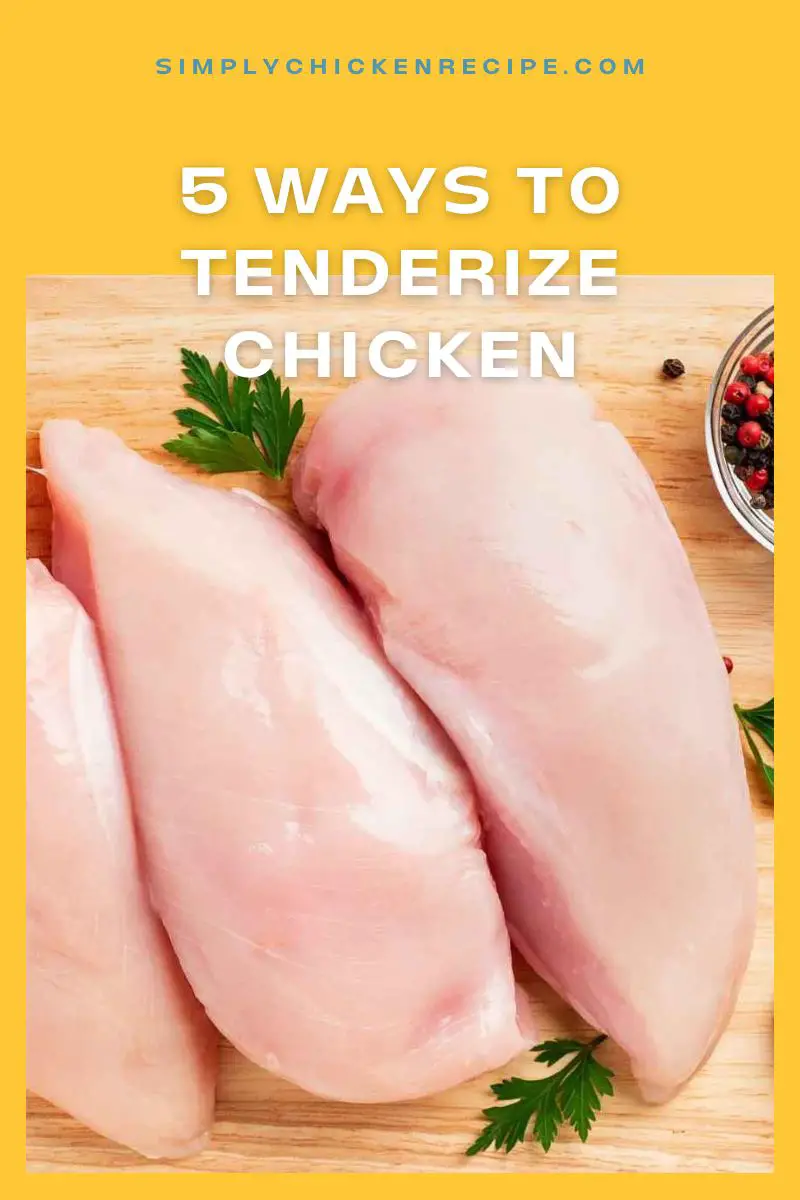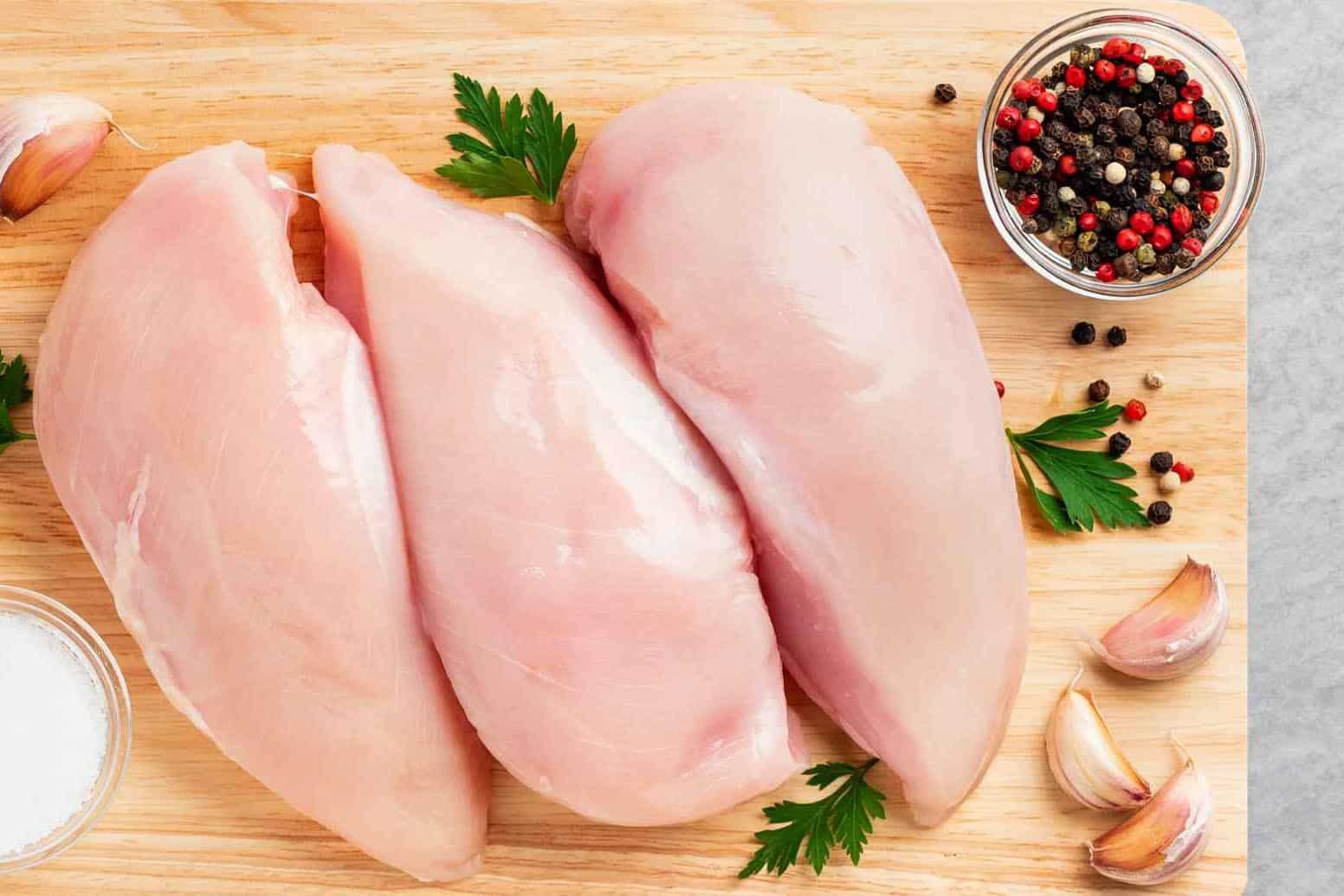A soft, juicy, and tender chicken is what many of us always crave! But, sometimes, you take a bite out of that chicken meat and feel a dry and shred-y texture.
Well, we are here to make every batch of your chicken dishes as tender as possible. Here’s how to tenderize chicken!
Why Tenderize Chicken?
Chicken is one of the most popular forms of protein and an essential part of people’s diets around the world. Whether you choose to bake it, fry it, or grill it, chances are at least a few times a week; chicken sits at your dinner table.
However, depending on how it’s cooked, chicken sometimes comes out chewy or even hard instead of moist and delicious. To make sure you always get the most from your chicken dishes, tenderizing it can help give those dishes an appetizing appearance and delightful taste.
Understanding how chicken’s texture behaves when cooking is vital to the perfect plate each time! You might assume that tenderizing chicken is a laborious process, but that’s far from true.
Understanding Chicken Texture
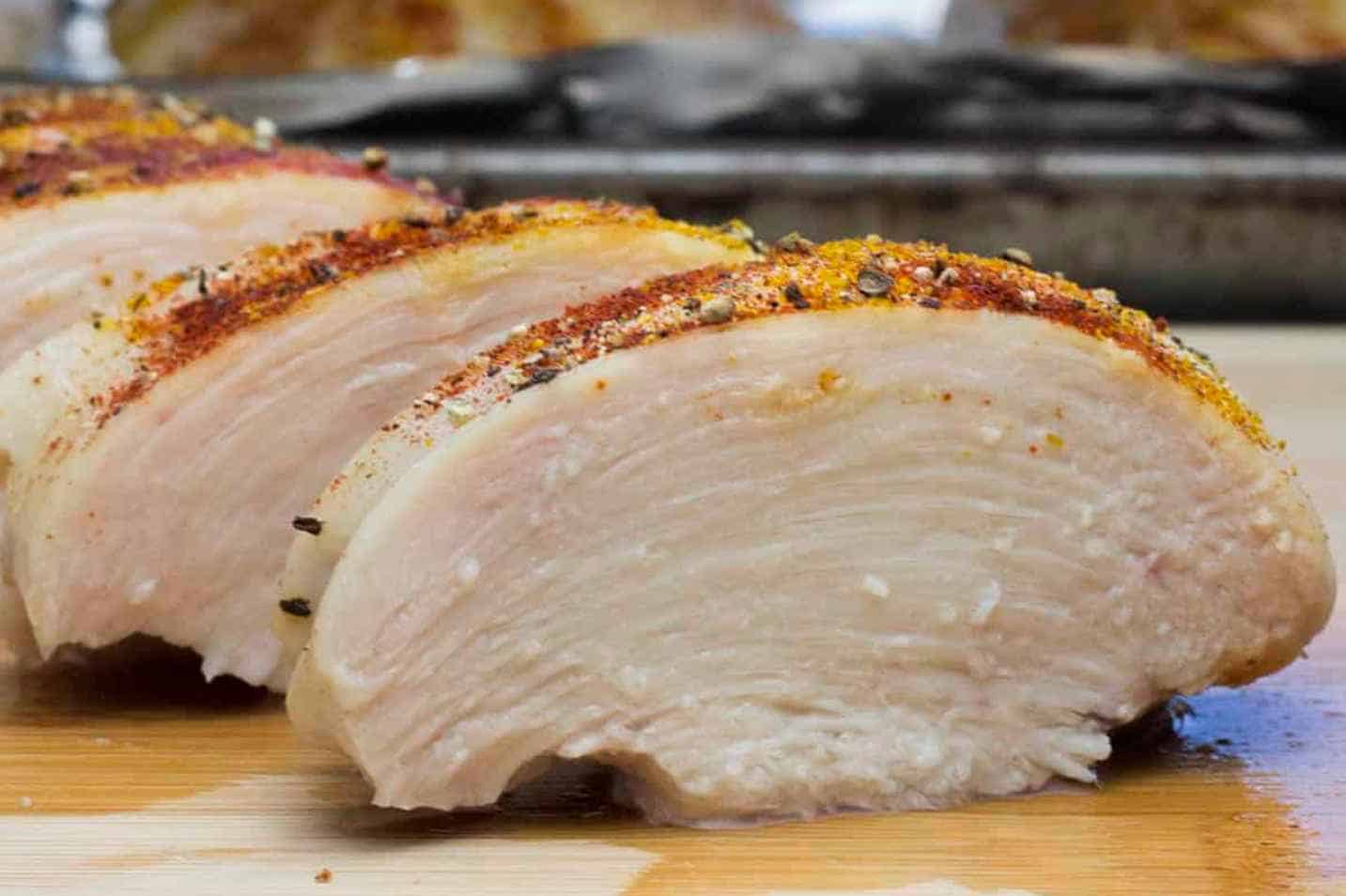
The texture of the chicken is significantly impacted by the fibers that make up the meat. Fibers—also referred to as myofibrils—help determine how tender your chicken meat is.
Essentially, chicken fibers are made up of bundles of contractile proteins called actin and myosin. Which, when cooked up, helps retain moisture in the meat.
Benefits of Tenderizing
Tenderizing your chicken can have excellent benefits such as:
- Better flavor. Moist and Tenderizing chicken meat can be an easy and effective way to kick up the flavor in your dish. In addition to the texture improvement, marinating or brining the chicken with seasonings helps to bring out most of its natural flavor.
- Improved texture. Doing so can make the chicken softer and easier to chew, reducing the cooking time by adding moisture to make it juicier.
- Greater Quality. This is more crucial if you are a business. Making a tender batch of chicken each time is a sign of outstanding quality, not just with ingredients but with the cooking methods itself.
Methods of Tenderizing Chicken
Here are the different methods on how to tenderize your chickens!
Physical Tenderizing Methods
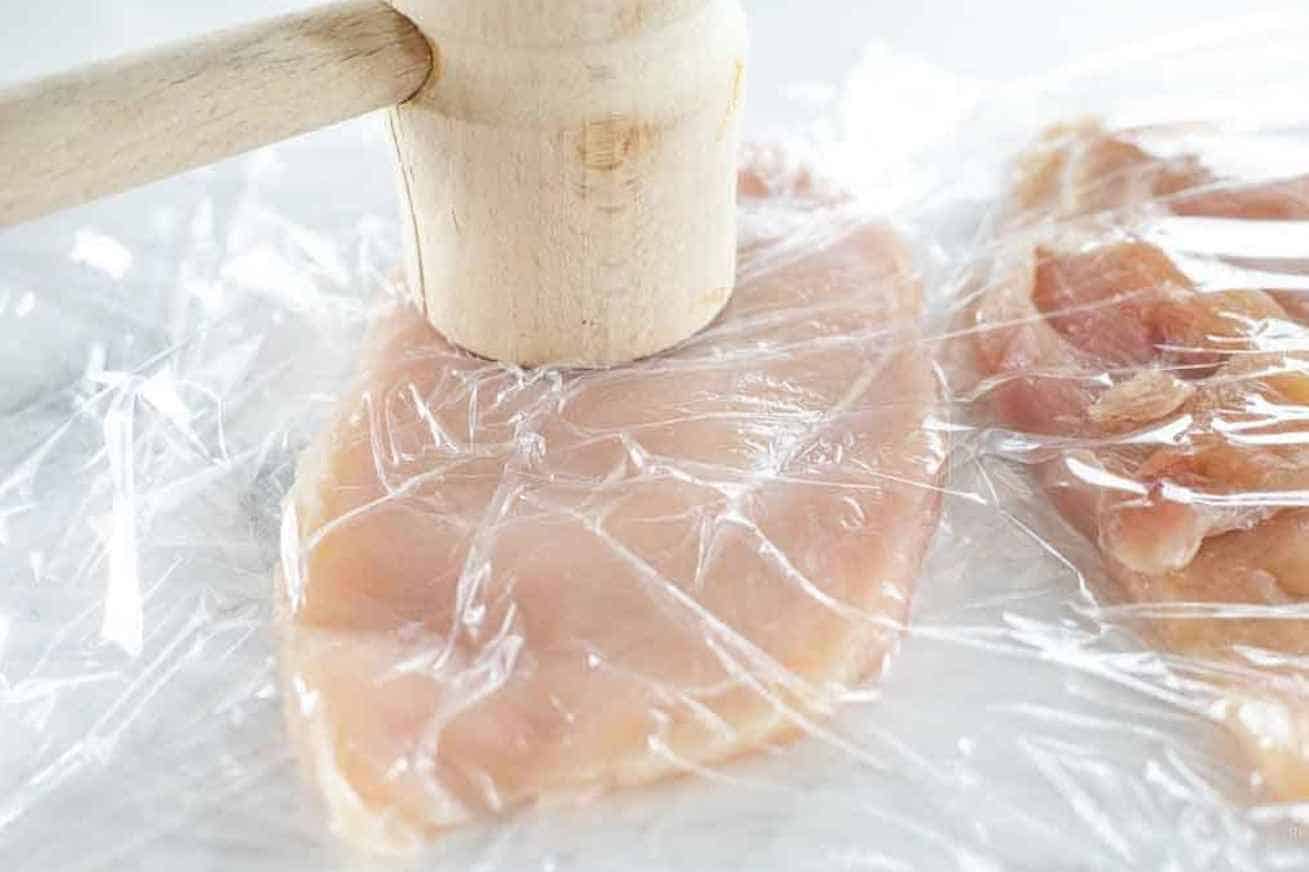
- Pounding with a Meat Mallet: If you want to make perfectly tenderized chicken, pounding is the way to go. Just arm yourself with a meat mallet and ready to hammer down.
Make sure you cover the chicken with either plastic wrap or put it in a sealable bag to retain the chicken’s juices. That said, this option is the best for boneless chicken, such as breasts and deboned thighs. If using bone-in meat, you risk shattering it with the mallet.
- Scoring: Scoring refers to the slight shallow cuts made across the surface of the meat. You might’ve seen this as the crisscross cut in many steaks, where the method is common.
By making cuts in the surface of the meat, the heat and flavors can better penetrate, keeping the moisture intact. This is excellent for thick cuts of chicken or those with a wide surface.
- Butterflying: Butterflying is a method standard with deep frying. If you’ve made a chicken katsu, then you’ve already encountered the butterfly method.
It refers to cutting the meat in the middle and spreading it out, resulting in a slimmer cut. This is commonly done with chicken breast.
This cooks the meat more evenly and keeps the moisture of the meat.
Chemical Tenderizing Methods

- Marinate: If you want a sure way to tenderize any kind of meat, then marinating is the answer. Most of the time, unflavored yogurt and buttermilk are the go-to marinating options. The acid found in buttermilk or yogurt helps break down proteins and fibers in the chicken, which softens it for cooking.
All you need to do is put the chicken and enough yogurt or buttermilk in an airtight container and pop it in the refrigerator. For more tender meat, marinating it overnight is the best. But an hour or two will suffice if you’re in a rush.
- Brining: Brining is very much akin to marinating. However, it focuses on salting the meat. A brining mixture mainly comprises water, salt, and some spices. Many use beer, wine, or even soda as an alternative to water. The result is a nice breakdown of proteins and juice meat. This method is perfect for those sauce chicken dishes. Especially for stews and crockpot chicken recipes.
With these methods, you can now make the most tender cuts! You can even combine these ways to tenderize chickens to ensure you have the best results.
How to Make Tenderizing Chicken Easier?
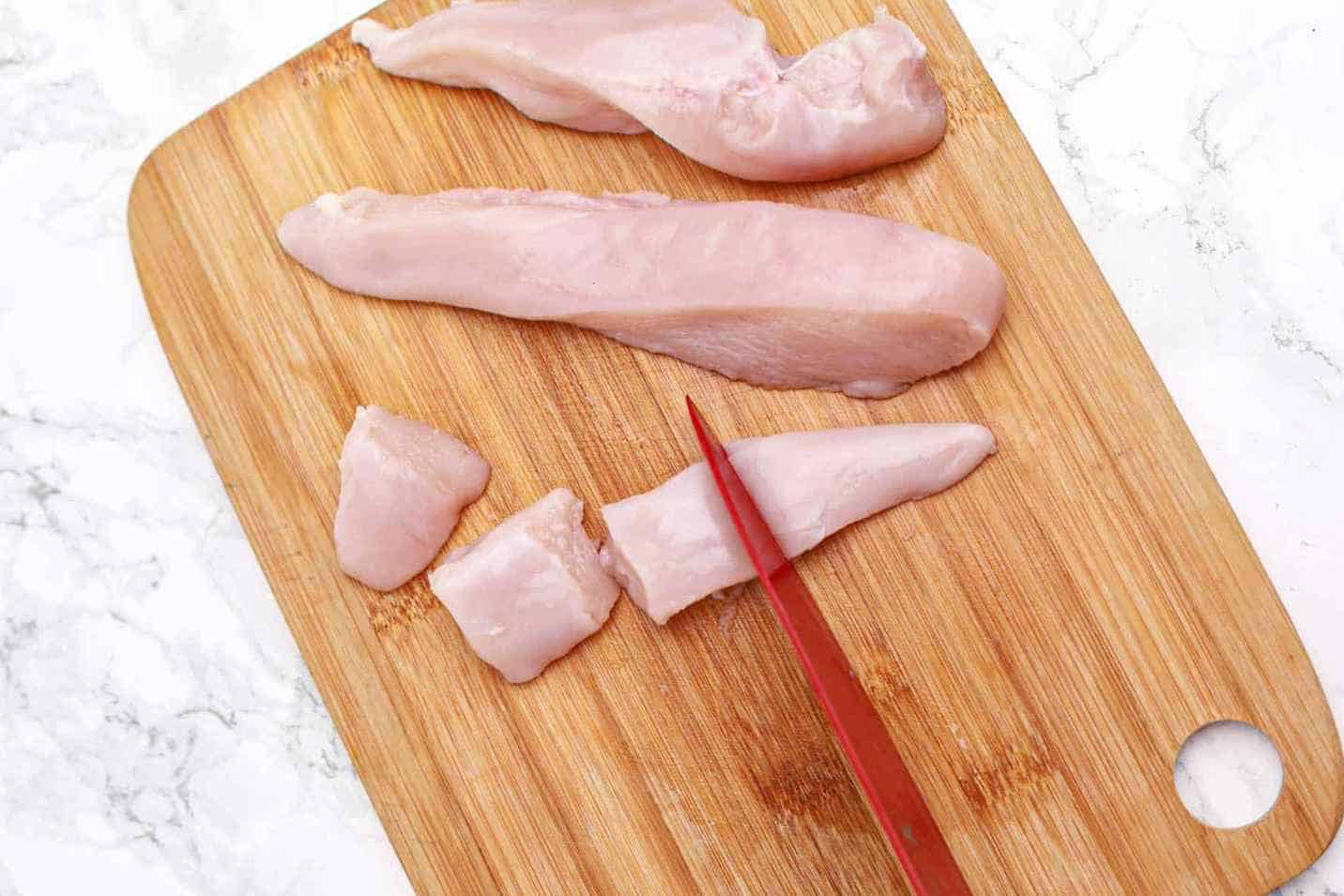
Tenderizing every time you cook chicken can be a daunting task. So, here are some tips on how to make tenderizing chicken a lot easier for you.
Choose the Right Cuts
First, choose the right type of cut when purchasing the chicken. We assure you that this makes a huge difference!
For example, thighs tend to be juicier and more flavorful than breasts. So, if you’re looking for a really consistent and evenly cooked chicken, then we recommend sticking with this cut. With thighs, scoring and some marinate are all you need to do.
But chicken breast tends to hold better with frying and baking, so it’s best for many chicken recipes.
So, you can choose between these common chicken cuts based on what’s available in your area and the best selection for the recipe.
Avoid Over-Tenderizing
You should also avoid over-tenderizing the chicken. Pounding it too hard or keeping it in a marinade for too long can cause it to become rubbery and tough.
Fortunately, most recipe includes the time you need to marinate. Along with that is the right temperature for cooking. Follow the directions to ensure you won’t dry out your meat.
Specific Techniques for Different Cuts
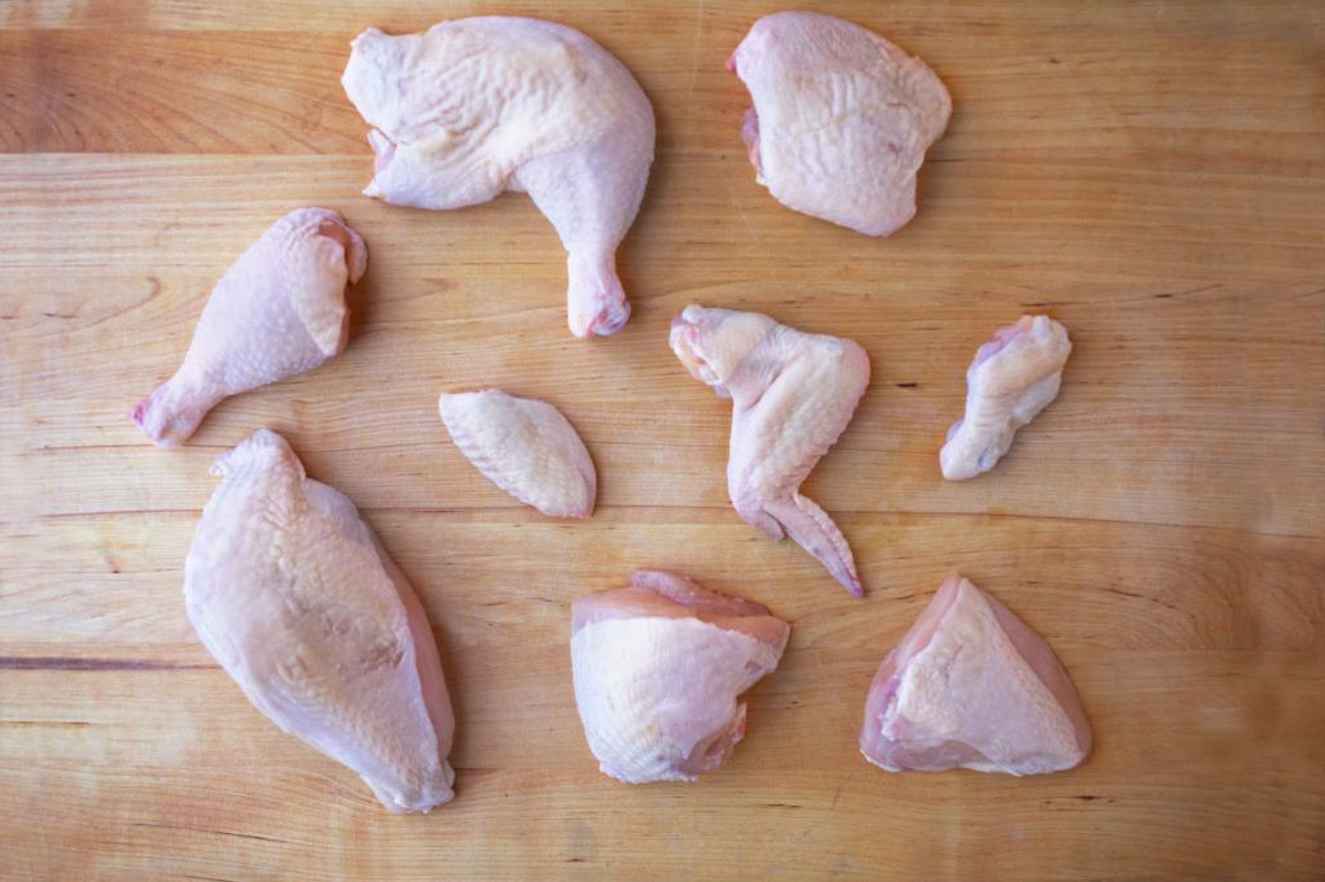
Different chicken cuts have another way to tenderize. So, here are some techniques you can use for chicken breasts and thighs.
How to Tenderize Chicken Breast?
Chicken breast has a significantly tapered shape, meaning it can cook unevenly. As the cut cooks, the thin side of the meat becomes drier, while the thicker part still needs more time in the pan.
To combat this, chicken breast is often a good cut for meat mallets. By evening out the meat, you’ll lessen the risk of overcooking and making it dry.
How to Tenderize Chicken Thighs?
Chicken thighs are often less tough than chicken breasts. It also contains a nice amount of skin that will not do good when paired with mallet or scoring.
The best way to tenderize chicken thighs is by marinating or bringing them. As this cut is mainly used for saucy chicken dishes, this tenderizing method will come as no problem.
Cooking Tips for Tenderized Chicken

Here are some general cooking tips to ensure you’ll have tenderized chicken every time.
Knowing the Right Cooking Methods
Each meat cut has the proper cooking method to not dry them out. So, ensure that you follow the recipe to avoid undercooking or overcooking your chicken.
For example, chicken breast has a cooking time of less than an hour. Ensure you don’t exceed that to avoid ending up with very dry and shredded meat.
On the other hand, bone-in cuts will do well with a longer cooking time, such as in a pressure cooker or stew. It’s due to more fat in the meat, so it can go longer without drying out.
Tips for Ensuring Tenderness
Here are some easy tips to ensure your chicken is tender. To ensure the chicken meat is as tender as possible, keep these tips in mind:
- Brine the chicken to make it more juicy and flavorful.
- Let the chicken marinate for at least a few hours so that it has time to absorb flavor.
- Use a thermometer to cook through until an internal temperature of 165°F (USDA standard).
- Low and slow cooking (a lower temperature over an extended time) can produce a more tender final product when done correctly.
- Avoid overcooking, leading to tough or dry chicken meat.
Frequently Asked Questions
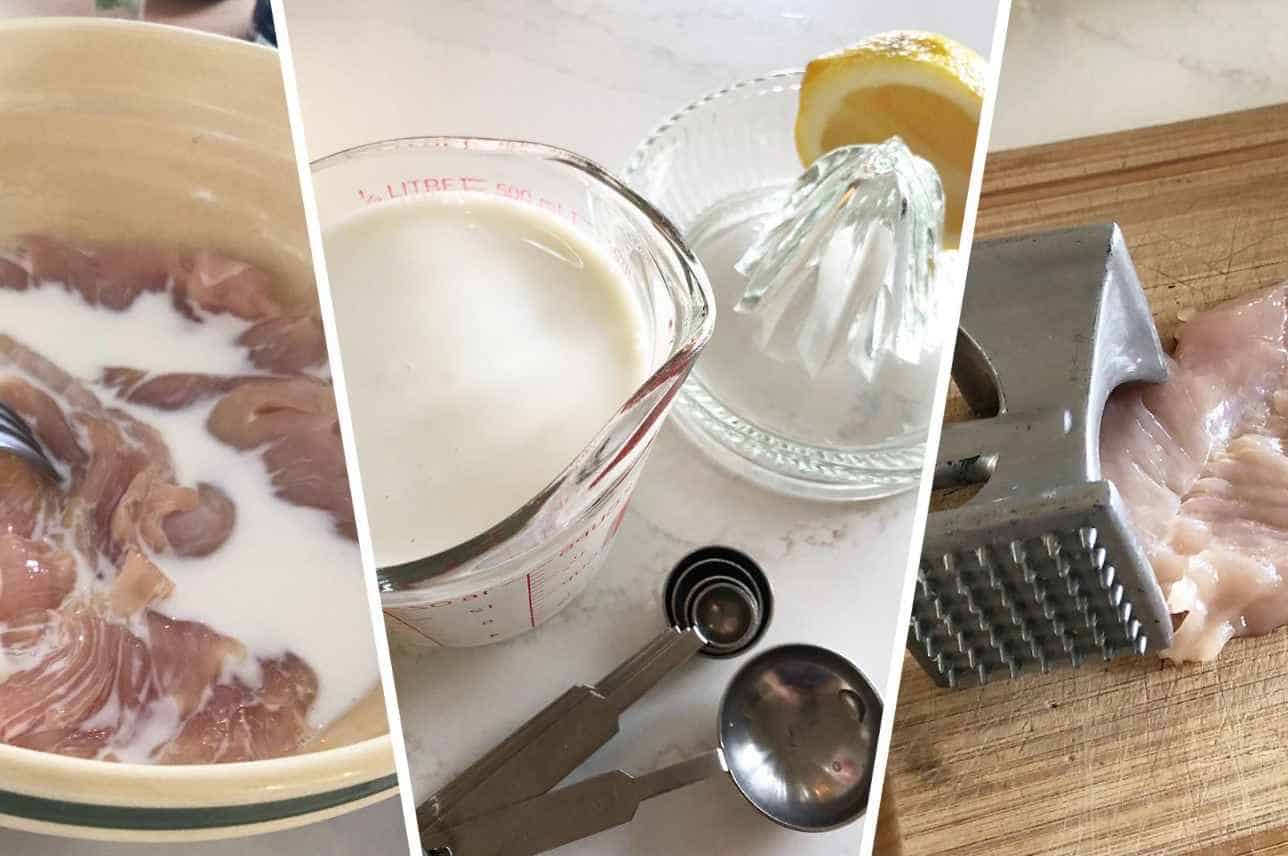
Here are some frequently asked questions when it comes to tenderizing chicken.
How do you tenderize chicken quickly?
Pounding the chicken is the fastest way you can tenderize it. This method does not require any long marinating or brining. So you can do it in less than 10 minutes.
Does baking soda tenderize chicken?
Baking soda is a common tenderizing agent in Chinese cuisine. It’s a method called ‘Velveting.’ This method uses baking soda as a way to break down the protein before the cooking starts.
To do this, you must coat your chicken cuts with 2-5 tablespoons of baking soda. Then left it to sit for 20 minutes. Rinse it thoroughly and pat dry.
If you’re curious about its effect on the taste of your chicken, then don’t worry. Baking soda does not affect the taste of the meat, only the texture.
How do you tenderize chicken without a meat mallet?
If you don’t have a meat mallet, try substituting it with a rolling pin or other heavyweight object. If that’s not an option, use the tines of a fork to make shallow punctures in the chicken. This trick won’t be as helpful as pounding your chicken flat with a mallet, but it will help the marinade penetrate the meat.
Conclusion
With these simple tips and tricks, you’ll surely have a nice tender chicken every time. Whether you choose brining, pounding, or marinating, you’ll surely have enough knowledge on how to tenderize chicken!
